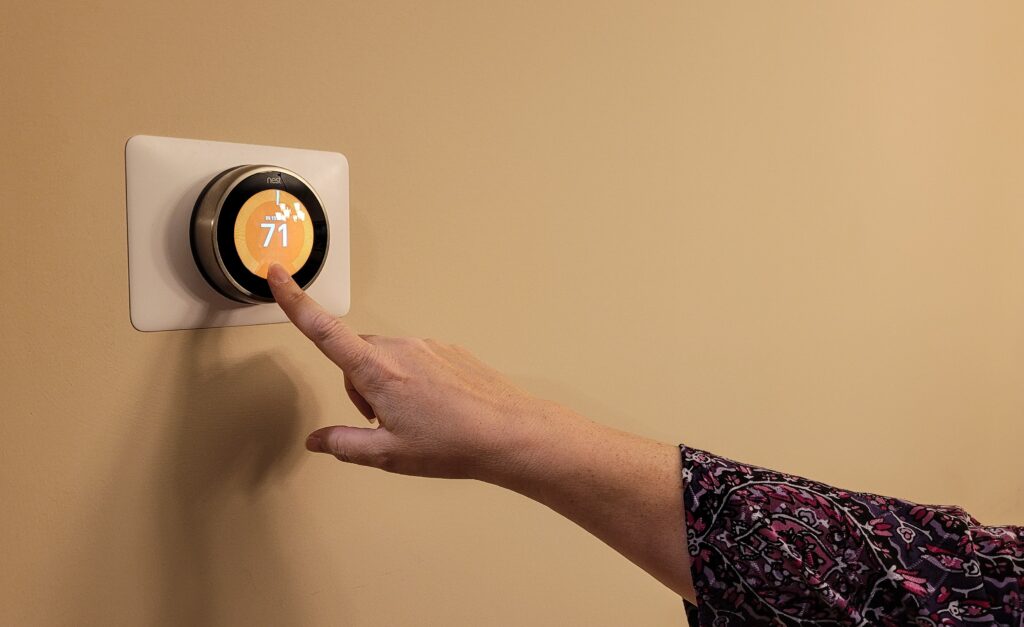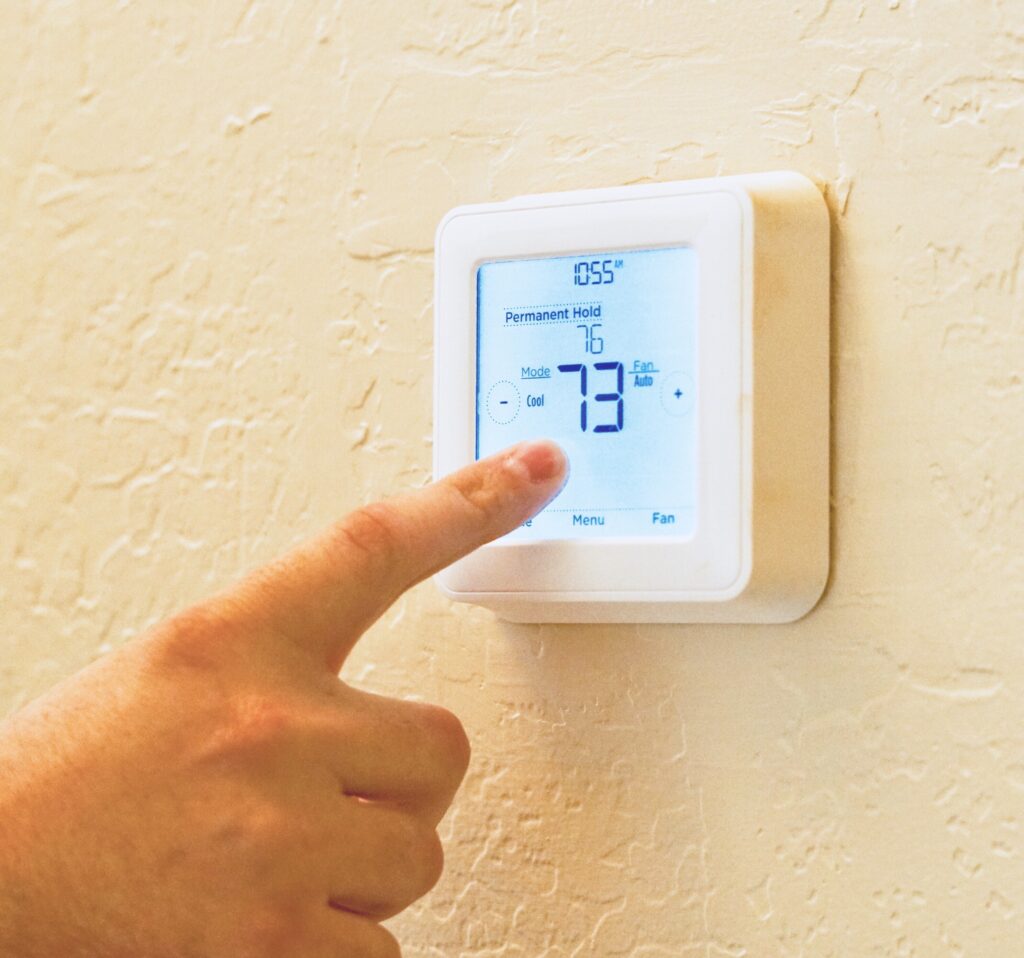How to Get the Most Out of Your Thermostat
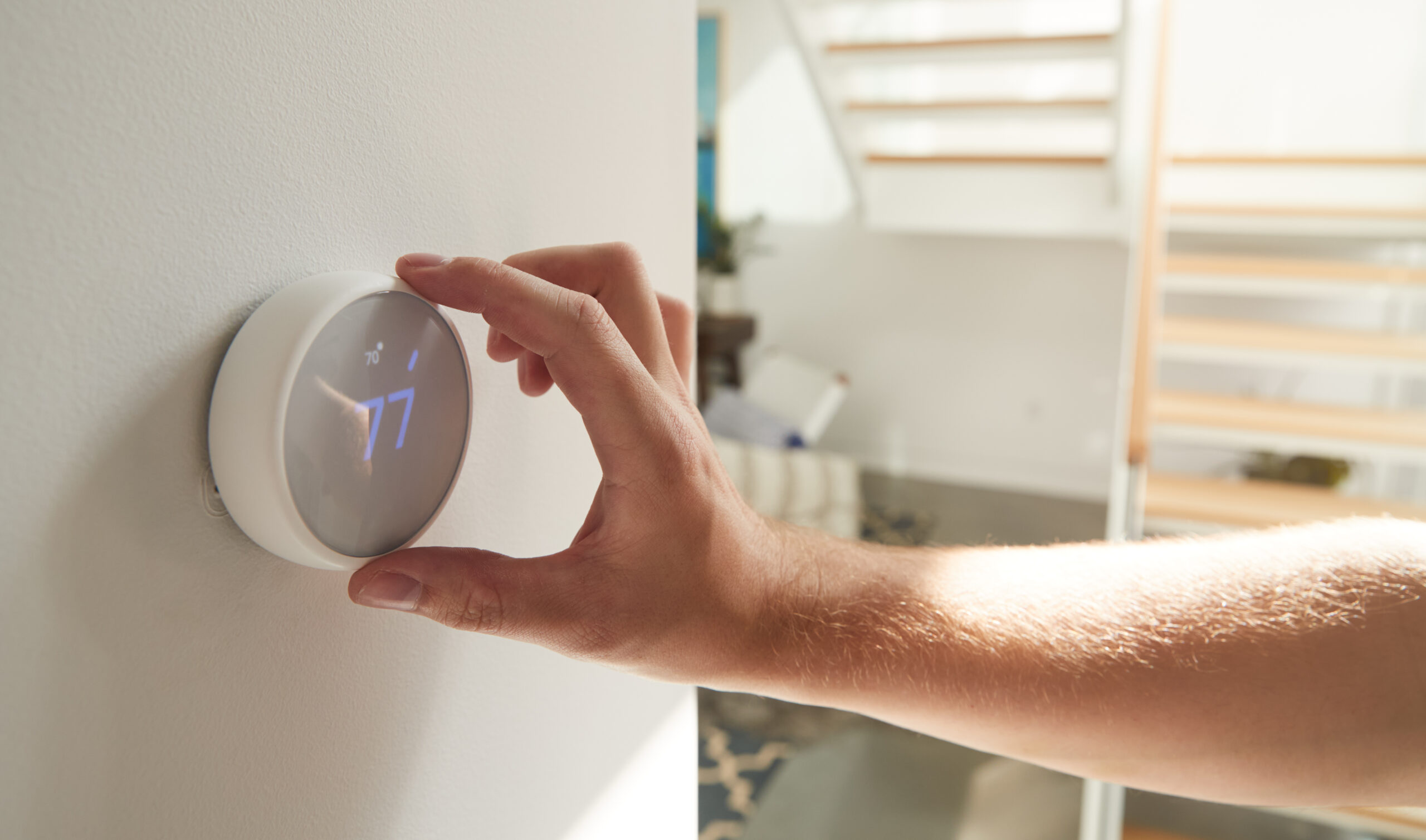
It is the command center of your home’s entire comfort system. This small device, mounted quietly on your wall, holds an immense amount of power. It dictates when your heating and cooling system springs to life, how long it runs, and ultimately, how comfortable your family feels through every season. More than that, your thermostat has a direct and significant impact on the size of your monthly utility bill. Despite its critical role, for many homeowners, the thermostat is a classic “set it and forget it” device, its full potential for savings and customized comfort left untapped.
Learning to use your thermostat strategically is one of the most effective and immediate ways you can take control of your home’s energy consumption. By understanding its fundamental settings, embracing its more advanced features, and recognizing how it interacts with your home’s environment, you can transform it from a simple on/off switch into a powerful tool. For homeowners in Hurricane, this knowledge is key to managing comfort and costs through our intensely hot summers and chilly winters, ensuring your system operates not just powerfully, but intelligently.
Mastering the Basics
Before diving into advanced strategies, it is essential to have a firm grasp of the two most fundamental settings found on nearly every thermostat: the system mode and the fan setting. Making the right choices here is the foundation of an efficient and comfortable home.
The fan setting typically has two options: “Auto” and “On.” The “Auto” setting is the most common and, for most homes, the most energy-efficient choice. In this mode, the HVAC system’s indoor blower fan will only run when the system is actively heating or cooling the air. Once the desired temperature is reached and the cycle ends, the fan shuts off. The “On” setting, conversely, commands the fan to run continuously, 24 hours a day, regardless of whether a heating or cooling cycle is active. While continuous fan operation can help with air filtration and may slightly even out temperatures between rooms, it comes at a significant cost in energy consumption and can accelerate wear and tear on your blower motor. In our dry Utah climate, running the fan constantly during the summer can also create a wind-chill effect that increases moisture evaporation from your skin, sometimes making the air feel less comfortable.
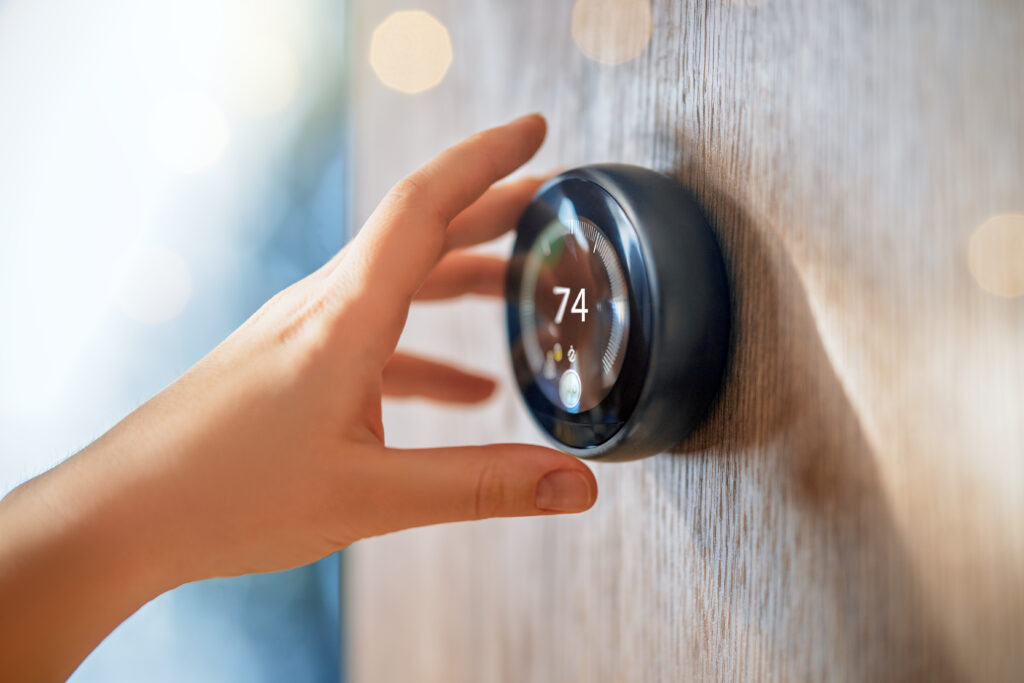
The system mode selector allows you to choose between “Heat,” “Cool,” and “Off.” Many modern digital thermostats also offer an “Auto” changeover mode. This can be particularly useful during the transitional spring and fall seasons in Hurricane, when the weather can be unpredictable. In “Auto” mode, you set a desired heating temperature and a desired cooling temperature, and the system will automatically switch between the two modes as needed to keep your home within that comfortable range without you ever having to touch it.
Why Drastic Changes Don’t Work
One of the most common and costly mistakes homeowners make when using their thermostat is believing that a more extreme temperature setting will make the system work faster. Imagine arriving home on a hot afternoon to a house that is 85 degrees inside. The temptation is to grab the thermostat and crank it down to 65 degrees, with the idea that this will force the air conditioner to work harder and cool the house more quickly.
This is a persistent myth that wastes a tremendous amount of energy. Your air conditioner or furnace is not like the accelerator on a car; it does not have variable speeds of operation in this regard. It is a single-stage appliance that produces cooling or heating at one constant, set rate. Setting the thermostat to a drastically lower temperature does not change the speed at which your home cools down. Your AC will remove heat from the home at the exact same rate whether you set it to 75 degrees or 65 degrees.
The only thing that this drastic setting change accomplishes is forcing your air conditioner to run for a much longer, continuous cycle. It will work tirelessly to pass your actually desired comfortable temperature and will continue to run until it reaches the extreme and uncomfortably cold setpoint of 65 degrees. This results in a massive waste of electricity and an overly chilled home. The same principle works in reverse for heating. The most efficient practice is to simply set the thermostat to the temperature you actually want to achieve.
The Power of Programmable Thermostats
The key to significant energy savings is allowing your home’s temperature to fluctuate when you do not need it to be at a perfect comfort level. A programmable thermostat is a powerful tool that automates this process, allowing you to create a pre-set schedule that matches your family’s routine. By automatically adjusting the temperature when you are away at work or asleep at night, you can save a substantial amount of money without ever sacrificing comfort.
Creating an energy-saving schedule is simple. The Department of Energy suggests that for every degree you set your thermostat back over an eight-hour period, you can save about one percent on your energy bill. For a typical work week during a Hurricane summer, you could set the temperature to a comfortable 78 degrees while you are home, program it to rise to a much more economical 85 degrees while you are away during the day, and then have it automatically begin cooling back down to 78 degrees about 30 minutes before you are scheduled to arrive home.
A similar setback schedule can be used at night and in the winter. This “set it and forget it” approach ensures you are never paying to heat or cool an empty house. Consistently following a programmed schedule can reduce your annual heating and cooling costs by 10% or more, making an upgrade to a programmable thermostat one of the most cost-effective energy-saving investments you can make.
Thinking about a thermostat upgrade? Click here to learn more.
Embracing Smart Thermostats
Smart thermostats represent the next evolution in home comfort technology, offering a level of control and intelligence that goes far beyond a simple pre-set schedule. By connecting to your home’s Wi-Fi network, these devices provide an unprecedented level of convenience and efficiency.
The most immediate benefit of a smart thermostat is the ability to control it remotely from a smartphone, tablet, or computer. Whether you are on your couch, at your office, or on vacation hundreds of miles away, you can check and adjust your home’s temperature with a few simple taps. This is perfect for those days when your schedule changes unexpectedly.
Many advanced smart thermostats also feature geofencing technology. By syncing with your smartphone’s location, the thermostat automatically detects when you have left the house and switches the HVAC system into an energy-saving “Away” mode. As it detects you are approaching home, it will automatically return to your preferred comfort settings, ensuring the house is perfect the moment you walk through the door. Some models even have “learning” capabilities, where they track your manual adjustments over time and automatically build a custom schedule that perfectly matches your habits. These thermostats also provide valuable data, such as detailed energy usage reports, that can help you find even more ways to save. Many can even monitor your HVAC system’s performance and send you an alert if it detects a potential problem, allowing you to call for service before a minor issue becomes a major breakdown.
Why Thermostat Placement Matters
Your thermostat can only read the temperature of the air in its immediate vicinity. Therefore, where it is located on the wall can have a massive impact on its accuracy, the performance of your HVAC system, and your overall comfort. If your thermostat is in a poor location, it will get a skewed and inaccurate reading of your home’s true temperature, causing your system to run too much or too little.
The ideal location for a thermostat is on an interior wall, in a central area of your home, such as a main hallway, where there is good, natural air circulation. It should be placed away from any direct sources of heat or cold that could give it a false reading.
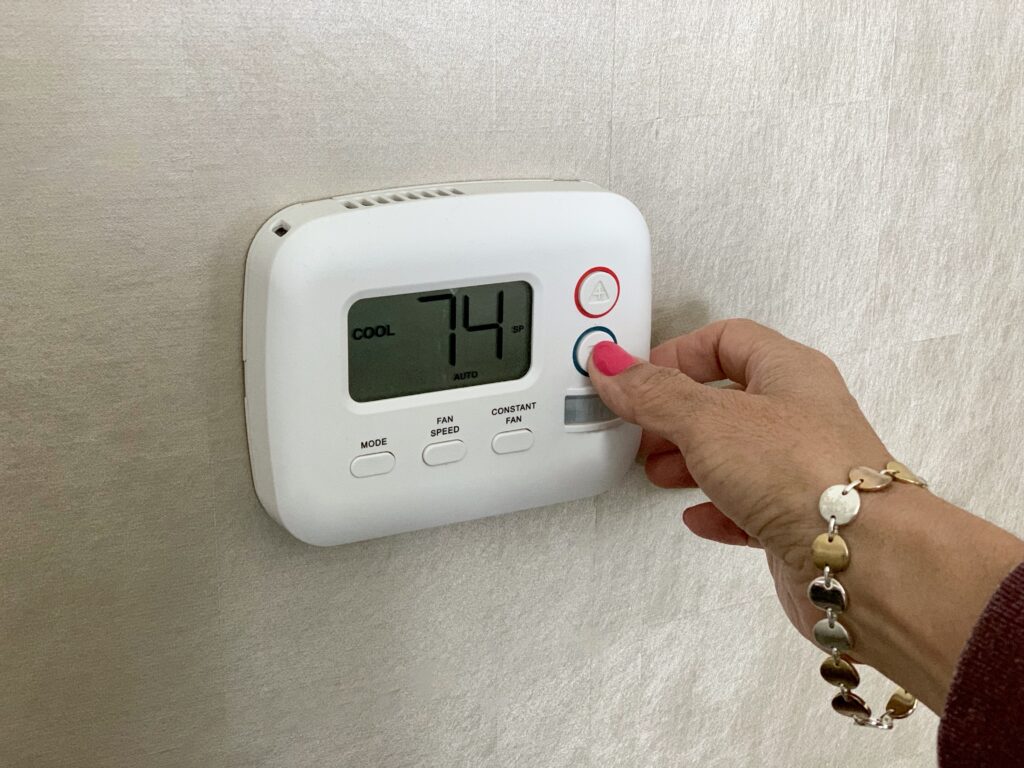
Common placement mistakes include installing a thermostat in direct sunlight, which will cause it to think the house is much warmer than it actually is and make your air conditioner run unnecessarily. Placing it too close to a drafty window or door will have the opposite effect in the winter, causing the furnace to run more than needed. A thermostat located in the kitchen can be thrown off by the heat from the oven, and one placed directly above or below a supply vent will be hit with conditioned air before the rest of the room, causing the system to shut off prematurely. If you are experiencing inconsistent temperatures or high bills, the location of your thermostat could be a contributing factor.
Your thermostat is a small but mighty device that holds the key to a more comfortable and energy-efficient home. By understanding its settings, avoiding the temptation to make drastic changes, and leveraging the power of scheduling with a programmable or smart model, you can take meaningful control over your home comfort and your monthly budget. An upgrade from an old manual thermostat is one of the quickest and most impactful investments you can make in your home.
Whether you have questions about how to best use your current thermostat, are interested in upgrading to a new smart home model, or need any other assistance with your home comfort system, the expert team at Heatwave Solutions is here to help. We are dedicated to providing the homeowners of Hurricane and the surrounding Utah communities with honest advice and professional service to help you achieve the perfect balance of comfort and efficiency.


